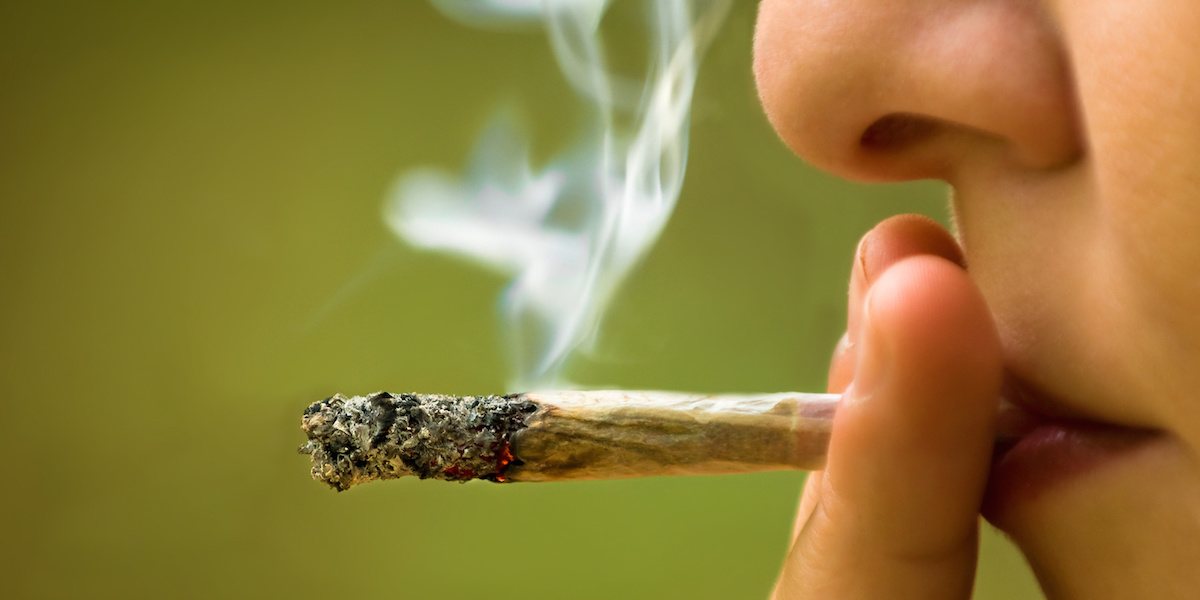
The following is excerpted from an online article posted by HealthDay.
Growing numbers of American kids and teens are cutting or burning themselves, banging their heads against walls, pulling out their hair and even trying to die by suicide. But figuring out who is at highest risk for harming themselves has been a daunting challenge until now.
Researchers report they have developed risk profiles that can help doctors pinpoint which kids or teens are in the most danger.
“The U.S. is in the midst of a mental health crisis, with mental health diagnoses and hospitalizations surging over the past few years, and many of these hospitalizations are for self-harm events or concern for future self-harm,” said study author Dr. James Antoon, an assistant professor of pediatrics and hospital medicine at Monroe Carell Jr. Children’s Hospital at Vanderbilt University in Nashville, Tenn.
“Self-harm is a big bucket of events from mild things like cutting on the arms or thighs to taking so much Tylenol that you die on purpose or jumping out of a window, and we wanted to find out which kids require hospitalization and more intensive treatment and monitoring,” he said.
His team developed four risk profiles for serious self-harm based on age, gender, and psychiatric and medical conditions. Of nearly 1,100 children hospitalized for psychiatric reasons at two children’s hospitals from April 2016 to March 2020, 37% were there for self-harm.
The researchers found that boys aged 10 to 13 with ADHD, bipolar disorder, autism spectrum disorder, or another developmental disorder were 80% more likely to engage in serious self-harm behavior that requires hospitalization. Meanwhile, teen girls aged 14 to 17 with depression and anxiety, substance- and trauma-related disorders, and personality and eating disorders were also at high risk for serious self-harm, the study showed.
Suicide attempts comprised the majority of serious self-harm behaviors in the study.
In a counterintuitive finding, kids who were at moderate risk for serious self-harm didn’t necessarily have depression, Antoon said. “It is assumed that if you are suicidal, you must be depressed, but there are other things that can drive self-harm and suicide, including anxiety disorders,” he noted.
The study was published online in the journal Pediatrics.
Source: HealthDay
https://consumer.healthday.com/self-harm-2659908631.html

 Teen Loneliness Triggers ‘Reward Seeking’ Behavior
Teen Loneliness Triggers ‘Reward Seeking’ Behavior  The Hidden Mental Health Danger in Today’s High-THC Cannabis
The Hidden Mental Health Danger in Today’s High-THC Cannabis  Early Smartphones May Scar Young Minds
Early Smartphones May Scar Young Minds